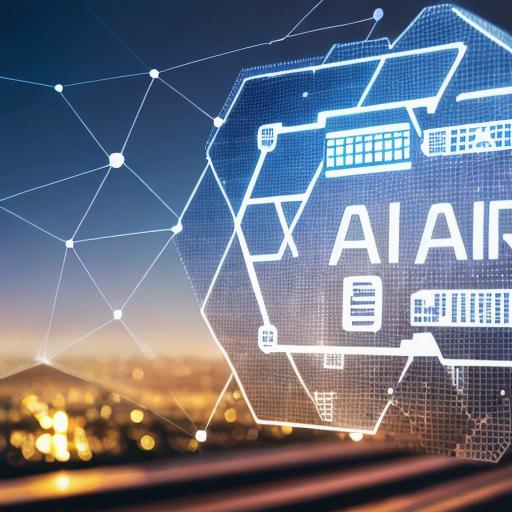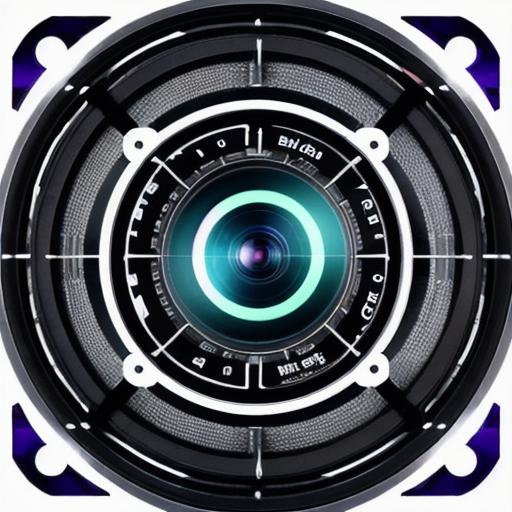The world is rapidly evolving, and technology is at the forefront of this change. Artificial Intelligence (AI) and Web3 are two of the most promising technologies that have the potential to revolutionize the way we live and work. When these two technologies intersect, the possibilities are virtually limitless. In this article, we will explore the intersection of AI and Web3 and discuss how they can be used together to build a better future for technology.
AI and Web3: An Overview
Artificial Intelligence (AI) is a branch of computer science that focuses on creating intelligent machines that can perform tasks that typically require human intelligence, such as learning, problem-solving, and decision making. Web3, on the other hand, is the next evolution of the internet that is built on decentralized technologies such as blockchain and smart contracts.
One of the key benefits of Web3 is that it allows for greater privacy and security for users. This is because data is stored in a decentralized manner rather than on central servers, making it much harder for hackers to access and steal user information. Additionally, Web3 offers greater transparency and accountability, as all transactions are recorded on a public ledger that can be accessed by anyone.
AI and Web3: The Intersection
When AI and Web3 intersect, the possibilities are virtually limitless. One of the key ways in which these two technologies can work together is through smart contracts. Smart contracts are self-executing programs that automatically enforce the terms of a contract between parties. They have the potential to revolutionize industries such as finance, real estate, and supply chain management by automating many of the processes involved in these sectors.
For example, a smart contract could be used to facilitate the sale of a home. The buyer and seller could agree on the terms of the sale, such as the price and payment schedule, and then the smart contract would automatically execute these terms when the conditions are met. This would greatly reduce the need for intermediaries such as real estate agents and lawyers, making the process more efficient and cost-effective.


Another way in which AI and Web3 can work together is through decentralized machine learning. Traditional machine learning algorithms are typically trained on centralized servers, which can be prone to bias and censorship. Decentralized machine learning, on the other hand, uses a network of computers to train and validate algorithms. This makes the process much more secure and transparent, as there is no single point of failure or control.
Case Studies: AI and Web3 in Action
There are already several examples of AI and Web3 being used together in real-world applications. One such example is Oraclize, a decentralized data provider that uses smart contracts to gather and validate data from various sources. This data can then be used to train machine learning models, making the process more transparent and secure.
Another example is Filecoin, a decentralized file storage network that uses AI to optimize the use of its resources. By using machine learning algorithms, Filecoin is able to predict demand for storage space and allocate resources more efficiently, resulting in faster and more cost-effective file storage.
The Future of AI and Web3
As AI and Web3 continue to evolve, we can expect to see even more exciting applications of these technologies. One area that is particularly ripe for innovation is healthcare. With the help of AI and Web3, it may be possible to develop decentralized health systems that are more secure, transparent, and efficient than traditional centralized systems.
Another area where AI and Web3 could have a significant impact is in the world of finance. By using smart contracts and decentralized machine learning, it may be possible to create more secure and transparent financial systems that are less prone to fraud and manipulation.
Conclusion
The intersection of AI and Web3 has the potential to revolutionize many aspects of our lives, from healthcare and finance to supply chain management and beyond. By using these technologies together, we can
